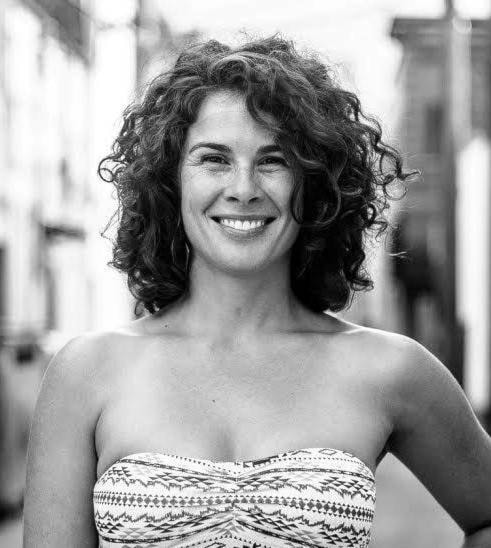Stacie Byrne
CYMHSA Project Lead
Christopher sits in a seemingly calm manner across from me as he shares the story of his 15-year battle with anorexia, an eating disorder that keeps him eating so little that earlier this year he was in the hospital being tube fed weighing only 70lbs.
He discusses his deep connection with the disorder which has become a part of his identity– showing me how tightly he can wrap his fingers around his arm.
Christopher tries to be on his feet as much as possible because it burns more calories and says it’s not a good day if he hasn’t walked for at least 15 minutes if not more.
In the mornings, he challenges himself to see how long he can go before eating breakfast, at times waiting over five hours after waking up.
He makes plans over lunch to avoid eating and when he does eat, he’ll do so standing up to burn more calories.
Christopher’s day is structured around avoiding eating.
Our bodies are often used to identify who’s healthy, who’s wealthy, and who has ‘let themselves go’. The fitness industry is a multi-million-dollar industry that profits from our dissatisfaction, despair, and disordered perceptions. Social media and marketing air brush and edit until there is barely anything left. The pressure to be perfect is making eating disorders one of the deadliest mental health disorders in Canada.
Anorexia nervosa, for example, has the highest mortality rate of any psychiatric illness.
In a study done in 2002, they concluded that 10 per cent of individuals with anorexia nervosa will die within 10 years of the onset of the disorder.
This statistic becomes increasingly concerning following more research that states that 42 per cent of Grade 1-3 girls want to be thinner, 90 per cent of those who have eating disorders are between the ages of 12-25, four per cent of boys in Grade 9 and 10 reported anabolic steroid use in a 2002 study, only 10 per cent of people with eating disorders receive treatment and only 50 per cent ever report being cured.
Christopher’s path to recovery consists of telling himself ‘I want to be better’, thinking differently, and trying to use the tools he has learned.
It also means not being afraid of needing to change his identity because right now he thinks ‘if I’m not my eating disorder, then what am I?’
“You have to know that you’re going to die and be more scared of that then you are afraid of getting better,” he said.
His ideal life is one where he’s out of his head, not counting calories, holding a healthy weight and having freedom from his own restrictions.
He enjoys hobbies and activities just like anyone else and holds down a job that keeps him busy and productive and not feeling so lonely.
However, after all of this he tells me the saying ‘I’m better now’ doesn’t apply to him.
“I want to make up for everything I’ve done. The only gift I can give is to get better… But it’s the only thing I can’t do”.
Although Christopher says he’s not recovered, he does say he’s working at recovering, and this brings him and those who love him some form of hope.
What has helped Christopher is having a partner who is there for him, a good therapist, a good medical team and a community that directly asks him if he’s okay.
He says, “if I tell you ‘no, I’m not okay’, just spend some time with me”.
For those who aren’t sure if their eating is disordered or not, his advice is: Can you imagine life without counting calories or thinking you’re too fat? Is it scary to imagine life without these thoughts?
If it is, then go talk to a professional like your doctor or a counselor, or a trusted friend. But do reach out to someone and ask for help.
An eating disorder is not a diet gone too far, a trend or a choice. It is a serious, often devastating illness where the only real choice is to get help.
Feeding and eating disorders are diagnosed by medical doctors or psychologists, which are guided by the Diagnostic and Statistical Manual of Mental Disorders. Some of the different clinical categories are: anorexia nervosa, bulimia nervosa, binge-eating disorder, avoidant/restrictive food intake disorder, rumination disorder, pica, other specified feeding or eating disorder and unspecified feeding or eating disorder. For more information, go to www.nedic.ca or https://keltyeatingdisorders.ca/
Other resources include revelstokecymhsu.wordpress.com, Vernon Mental Health at 250-549-5737 , Looking Glass BC has an online moderated chatroom for peer support.
Stacie Byrne is the Project Lead for the Child and Youth Mental Health and Substance Use (CYMHSU) Local Action Team, which is a part of a larger Provincial Collaborative working together to support people between the ages of 6-24 years old and their families with mental health and substance use challenges. The Collaborative works with Service Providers and the community to share how all of the pieces of the recovery puzzle fit together and what is available within and outside of Revelstoke.
